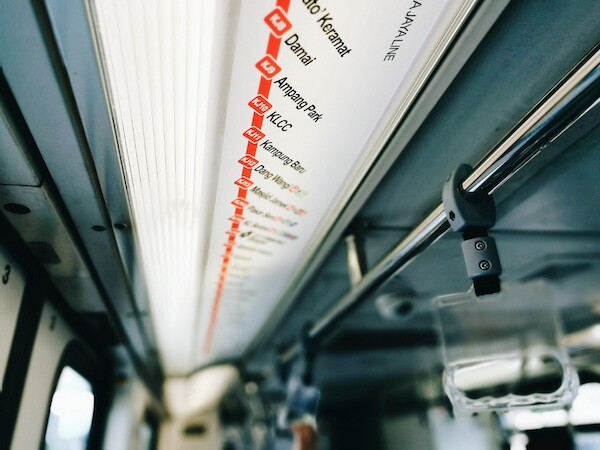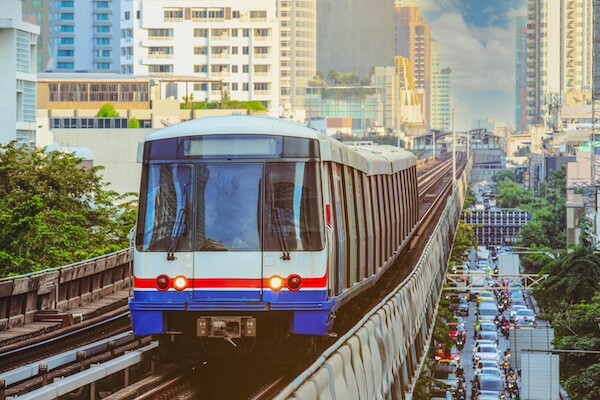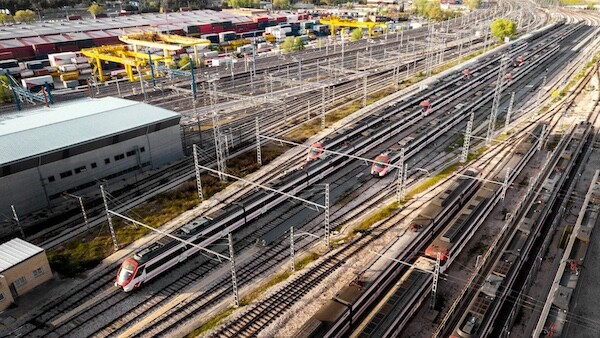Southeast Asia (ASEAN) is experiencing a transportation revolution, driven by rapid urbanization, economic growth, and increasing demand for efficient rail systems.
Rail localization service refers to the process of adapting railway systems, technologies, and infrastructure to specific regional or linguistic requirements. This involves translating technical documents, software applications, and other materials to ensure that they are accessible and usable in different languages and cultural contexts.
These services, which include translating and localizing guides, manuals, operating systems, and training materials into local languages, are essential for ensuring that railway staff can operate and maintain systems with the utmost safety.

Challenges in Implementing Rail Localization Services
One major challenge in Southeast Asia is the region’s linguistic diversity. Each country has its own official language(s) and multiple dialects. For instance, Indonesia alone has over 700 living languages, with Bahasa Indonesia as the official language. Localization services must accurately translate technical materials into these languages while maintaining the precision necessary for operating complex rail systems.

Another significant challenge is the varying levels of technological advancement. In some areas, staff may need additional support to fully utilize modern rail technologies, making the localization of technical manuals and operating systems particularly important.
Financial constraints pose another barrier to the adoption of advanced rail localization. Many Southeast Asian countries have limited budgets for infrastructure development, and localization services often compete with other urgent priorities. Securing funding for localization services requires demonstrating clear return on investment, which can be challenging in the context of numerous competing demands on public funds.

Insights for Successful Implementation
To overcome these challenges, leveraging public-private partnerships (PPPs) can be highly effective. For example, Thailand’s Bangkok Mass Transit System (BTS) is a model for how collaborative efforts can improve urban rail services. By partnering with private companies, governments can access the necessary resources and expertise to implement comprehensive localization services.

Investing in hybrid localization technologies is another key strategy. Combining traditional translation with digital tools such as machine translation and AI can enhance accuracy and efficiency. Investing in training and capacity building is essential for the sustainability of rail localization services.
Countries like Vietnam, with its very first mass rapid transits, have initiated extensive training programs for the Hanoi Metro and Ho Chi Minh City Metro staff, ensuring that personnel are well-equipped to handle localized materials and operate systems efficiently. Malaysia’s capacity-building efforts for KTM Komuter and LRT personnel similarly ensure long-term sustainability and operational efficiency.
Opportunities for Investors
Key markets like Singapore, Malaysia, Thailand, and Indonesia are making significant strides in modernizing their rail networks. Moreover, the ASEAN Economic Community (AEC) aims to integrate regional economies, further boosting cross-border trade and transport. Investing in rail localization services can position companies at the forefront of this transformation, driving efficiency and safety in regional rail networks.

The insights provided here offer a roadmap for companies looking to invest in the region’s rail sector, promising a future of efficient, safe, and reliable rail transportation in Southeast Asia.
EQHO, with 28 years of experience in localization and extensive expertise in localizing operating manuals, eLearning materials, and operating guides for train and public transportation systems across Southeast Asia, stands ready to support your localization needs.



